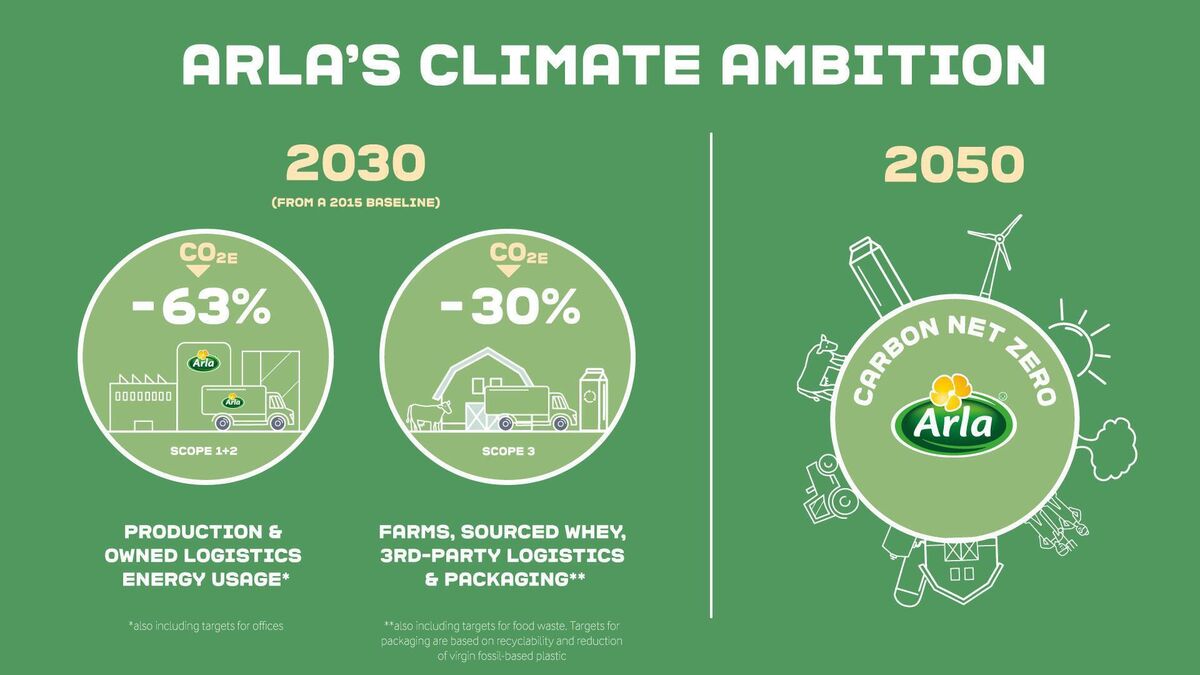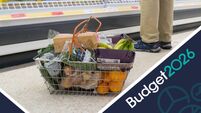Some in the dairy industry are starting to ask themselves if Ireland’s dairy milk pricing mechanism needs to be revised to reflect changes in the global marketplace.
While Ireland has already enjoyed success in using the current pricing mechanism to incentivise farmers to boost certain key constituents in their milk, others, notably New Zealand, have adopted pricing mechanisms that also reward farmers for their broader performance.
Some Irish dairy farmers are also looking at mechanisms in other markets and see greater transparency and a clearer link between performance and reward.
It is widely assumed that milk production will be close to 9 billion liters this year. This means that every additional cent paid to farmers over the entire year will yield an additional €90 million to these farmers, and even more to the communities they live in and support. So, ensuring that farmers receive a fair price for their milk is vital for both their sustainability and that of many rural communities.
Since its adoption in 2007, the A+B-C payment system for milk has served the Irish Dairy sector well. For example, the average milk fat content has increased from 3.79% in 2007 to 4.23% in 2021, while milk protein content has increased from 3.32% to 3.55% over the same period. While this increase can be attributed to a number of factors, the clear signal provided by this pricing system must be credited for a large part of this increase.

It is clear that both the ICBF and farmers responded to the incentives in the system to improve EBI and ultimately the profitability of the dairy sector.
However, several factors now suggest that it may be time to start a serious discussion around this payment system, and how it might evolve or change in light of the following.
There is a very wide variation in prices paid for milk solids across the processors, the A and B components of the current payment system. In any given month, the difference between the price of the processor paying the highest price per kg of milk fat versus the processor paying the lowest price could exceed 30%. For protein, the difference may exceed 18%.
These very large variations between processors may, in part, be explained by a number of factors such as for example, different product portfolios, forward selling of milk products, and perhaps economies of scale. However, it also points to a very real disconnect between the farm gate milk prices and the returns from the base commodities processed from this milk, the cornerstone of the current payment system.
In addition, the fact that the processing cost element (the C component) has not been updated to reflect the higher operating costs faced by the processors compounds this disconnect.
These processors are not immune to the higher costs experienced throughout the economy, and in a highly energy intensive and skilled labour sector it is hard to argue that processing costs have not doubled, as stated by some processors.
Yet the pricing mechanism fails to reflect this change remaining in the 3.5 to 4.5 cent range rather than in the real cost range which is probably in the 7 to 9 cent range. These increased costs may well be currently deduced from the A and B components, however a lack of transparency means that this is not certain.
The dairy industry has changed considerably since 2007, with a greater emphasis on dairy as an ingredient rather than a foodstuff. This raises the question, should other constituents such as Lactose for example be considered in the pricing mechanism? While many processors now reward lactose content it is not formally incorporated into the pricing mechanism.
In recent years, we have seen a proliferation of bonuses and penalties introduced based on milk quality, sustainability, seasonality and top-up payments. As many of these are recurring it may be argued that they should now be more formally incorporated into the pricing system.
Taking milk quality as an example, there are now a number of criteria considered to varying degrees by processors (Somatic cell count, TBC, sediment, inhibitors etc.). As a result, the value and range of these criteria varies across processors thus complicating price comparisons between processors. In addition, some of these payments are often based on achieving a test result above or below a certain threshold value thus failing to incentivise those who consistently exceed the target values and wish to further improve their milk quality.
Combining these criteria into a scorecard may provide an opportunity to better reward those who produce higher-quality milk. This scorecard would provide a more rounded assessment of milk quality and reduce the reliance on single criteria which may see temporary fluctuations due to once-off issues on farm. By banding scorecard payments, farmers could be rewarded for continuous improvement.
Looking to the immediate future, there is no doubt that producing milk in a more environmentally sustainable manner with greatly reduced greenhouse gas emissions will be a key priority. Danish dairy co-op Arla is already rewarding farmers for taking steps in this direction with its new points-based Sustainability Incentive, paying up to 3c/kg of milk for points earned via sustainability activities, on top of the existing 1c for submitting Climate Check data.
For many farmers, moves in this direction will require substantial on-farm investment in the near future, as hard dates and limits are set.
While many farmers may initially require assistance, such as grants or allowances, to finance this necessary investment, there will also be a need to ensure any emission reductions are sustained and leveraged. By incorporating a sustainability component into the pricing mechanism farmers will receive a clear signal that those who reduce their emissions will be rewarded, and those who do most in this area will receive most.
It should be noted that Fonterra has begun to adopt this approach with their Co-operative difference payment which rewards farmers for on-farm demonstration of care for the environment, animals, people and community.
While this payment is modest at present, it sends a clear signal to both customers and farmers regarding the future direction of Fonterra’s pricing mechanism. As NZ farmers adjust to this new pricing component it will be easy to increase the relative value of this payment.
In summary milk pricing should be fair, transparent and provide clear signals regarding where value lies. At present it is difficult to see how the current mechanism is transparent. Just look at the variation in constituent values and the failure to adjust the C component.
Regarding signals we need to look to the future. Customers will continue to demand produce which of high quality and produced in a sustainable manner, while society will demand that emissions are reduced, and the environment protected. This will require that the current pricing mechanism evolves to formally include quality and sustainability components. Fairness would dictate that those who do most regarding these components should get the most and those rewards should flow as soon as possible.
Finally, any evolution or change to the current system will take time to develop and implement, so the conversation around the current mechanism and its evolution should start now. I have no doubt such a conversation will unearth far more issues than those mentioned here, however, this I would see as a positive. Let’s hope the relevant stakeholder group of the industry be convened as a matter of urgency to examine this key issue and recommend solutions.
Dr Declan O’Connor is a senior lecturer in the Cork Department of Mathematics at the Munster Technological University where he lectures in Statistics, and Quantitative Methods. His research interests are Dairy Economics and Dairy Policy with a special focus on Dairy price and income volatility and Dairy market analysis.

Unlimited access. Half the price.
Try unlimited access from only €1.50 a week
Already a subscriber? Sign in













